
The government has also decided to use force to deal with extremism. Operation Zarb-e-Azb was launched against militants, who are from many countries, not just Pakistan. These people had, in the words of the novelist Muhammad Hanif, turned the North Waziristan tribal agency into a ‘terrorist resort’. All terrorist groups and all the areas in which they were active were to be targeted. According to a Voice of America interview by Major General Asim Bajwa, who accompanied General Raheel Sharif to Washington, the operation was going well and no discrimination was being made among different terrorist groups. The operation had been extended to the Khyber tribal agency.
The economy was also responding to some of the government’s initiatives. The Nawaz Administration had followed the old practice of getting outside help to get the economy moving again. The International Monetary Fund and the World Bank (WB) had provided large amounts of capital to help the country to meet its foreign obligations, as well as resources for some of the larger capital-intensive projects. For instance, the WB had agreed to fund a part of the multi-billion dollar Dasu Dam project on the Indus River.
While there was progress on the ‘three Es’, several others Es could have been added to the list of priorities. Attention needed to be given to education, employment, environment, equality. Let me take up the case of the issue of equality, which I have addressed in a number of previous articles. It is my view that the success of Imran Khan in getting tens of thousands of people to attend his dharna in Islamabad and go to his rallies in various parts of the country is in the perception that a good segment of the population has not benefitted from the little pick-up that has taken place in the economy. It is felt that the rewards of growth have been captured by the well-to-do. This trend is attributed by Imran Khan’s supporters to a number of factors, including pervasive corruption. As I discussed in one of the earlier articles, it was this type of perception that fueled the anti-Ayub Khan movement in the late 1960s which eventually forced him out of office.
Persistent and growing inequality is a phenomenon not unique to Pakistan. It is also occurring in developed countries, such as the United States, which follows an economic model roughly equivalent to the one Pakistan is pursuing. There is extensive reliance on private initiative, which is rewarded by the tax system. Low taxes, particularly on the rich, deprive the government of the resources needed to develop programmes that would help the poor and reward those in the middle classes. It is interesting to note what has been the result of this approach in the United States. According to a recent paper by the economists Emmanuel Saez and Gabriel Zucman, almost all the increase in American inequality over the last 30 years is attributable to the “rise of the share of wealth owned by the 0.1 per cent of the richest families”. And much of that rise is driven by the increase in the share of top 0.01 per cent. “The wealth of the top one per cent grew an average of 3.9 per cent a year from 1986 to 2012, though the top one-hundredth of that one per cent saw its wealth grow about twice as fast. The 16,000 families in that tiptop category — those with fortunes of at least $111million — have seen their share of national wealth nearly double since 2002, to 11.2 per cent.” Pakistan has followed the same pattern.
Using the WB data on inequality in Pakistan, which provides distribution according to quintiles, I have determined the share in national income of the top 10 per cent, top one per cent, top 0.1 per cent and top 0.01 per cent of the population. I have assumed that the distribution of income noted by the Bank is replicated as we move up the income scale. If this assumption is correct, then it appears that in Pakistan’s case, nearly 4,000 households have more than half a per cent of the total national income. In dollar terms, this translates into roughly half a million dollars a year per household. For the bottom 10 per cent, per household income is $2,900 a year. The rich households, therefore, are 175 times richer than poor households. These numbers give some substance to the differences in patterns of consumption that we see in Pakistan’s large cities. What the super-rich spend on the marriages of their children and how the poor manage their existence is one example of this glaring inequality. This is one way of looking at the durability of the Imran Khan phenomenon.
Published in The Express Tribune, November 24th, 2014.
Like Opinion & Editorial on Facebook, follow @ETOpEd on Twitter to receive all updates on all our daily pieces.
COMMENTS (11)
Comments are moderated and generally will be posted if they are on-topic and not abusive.
For more information, please see our Comments FAQ












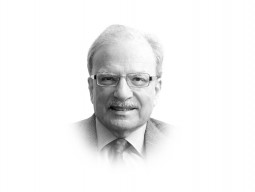
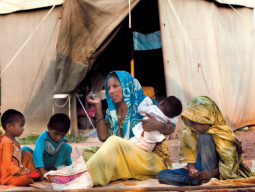



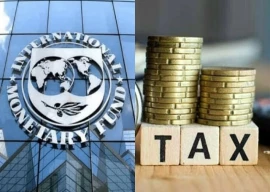
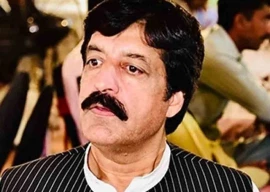











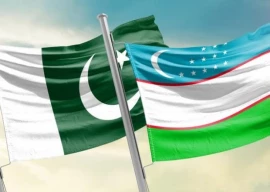
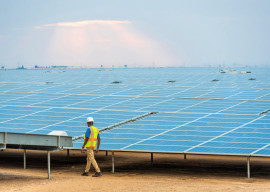

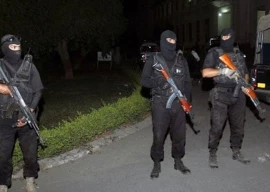
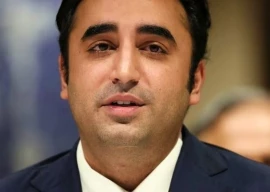
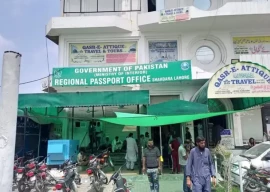
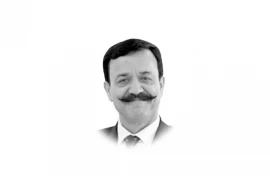



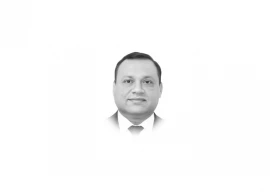

US is becoming like Pakistan, actually it is worse as apparently Pakistan has more upward mobility than US now! However upward mobility is rarer than elite keeping status.
See also:
http://www.amazon.com/The-Son-Also-Rises-Princeton/dp/0691162549 The Son Also Rises: Surnames and the History of Social Mobility (The Princeton Economic History of the Western World)
For developing countries and developed ones before them primary route was through manufacturing. But with automation and use of software, that ladder has been damaged. Now hard job of human capital development is left;which most countries are poor at whether in West or elsewhere.
Keep your wealth if you acquired it through honest means and paid taxes fully and duly. No one should envy should holders of wealth. Look at those who have less wealth than you and do not envy. Work hard and you could be successful, if you are bright or if luck favors you. In anyway, be contented with what you have and what you get. The super rich on the other hand, should support charities and in these times should be seen to be doing charitable work to avoid envy and backlash of the poor.
@Mirza:
Indi has had the policies you state: high tax on cars as well alcohol which are becoming barriers to signing FTA with EU. It has high taxes on petrol which ondirectly increases inflation, it taxes five star and 4 star hotels and restaurants in these hotels highly and this has led to tourism in India not being as high as it could be. A higher direct income tax on the rich rather taxing goods and services being perceived as luxury seems to be the way to go.
@Feroz: Countries with high estate duties have low savings rate.
At the time of the Partition in 1947, there were just a handful of mega-rich families and now, according to this article, there are 4000. Is that not wealth distribution? There are far more rich people in Pakistan than 30 years ago. You just need to see the number of cars, huge shopping plazas, all International brands. Is that not prosperity? 80/20 principle dictates that most of the wealth in any country is owned by a few mega rich, irrespective of what part of the world. Simple economic. Same concept applies in Western world, as well as third world countries. In UK, thee are houses for sale valued at £100 million but most people live in much cheaper flats and houses. By the way has Imran Khan turned the poor people in KPK into rich millionaires?
There are more than 4000 families in Gujar Khan area alone with more than 5 crore in wealth.
I'd like to point out that not every rich person has amassed wealth through unlawful means. I personally know some very charitable rich people with very humble beginnings who worked very hard, reproduced less, lived wisely and today they stand where they are. If they reap what they have so painstakingly sown, what's wrong with that? Rich =/= Corrupt Not always.
The punch line -- This is one way of looking at the durability of the Imran Khan phenomenon.
One way of discouraging huge wealth disparity is to enforce Estate Duty --- when someone dies one fourth of his wealth should be paid as Tax to the State, enabling the heirs to subsequently share the balance. This will provide valuable funds which the country can spend on improving educational opportunities and facilities for the under privileged.
Nobody in Pakistan is willing to pay fair share of taxes and they do everything possible to avoid it. However, consumption tax should be introduced so that these rich and powerful thieves and tax cheats would be forced to pay. For example in Canada and other countries there is high tax for local people not for foreigners. When the rich and powerful would not be able to buy much without taxes what good would their money be? There would be no protests if the tax on high class hotels have 100% tax. Or large cars taxes further doubled and upper-class seats in airplanes, luxury items etc. The country wanted and needs solutions we all know about the problems.
Completely agree with your analysis! NS must do something about this by setting an example himself. Just claiming to paying taxes is not enough. NS and family has amassed a lot of wealth. He must announce a plan to give at least some of it away by starting a charity.
Salam. Do you feel that the present government and setup should prevail, or perhaps go the Imran Khan way. Both have pros and cons I feel.